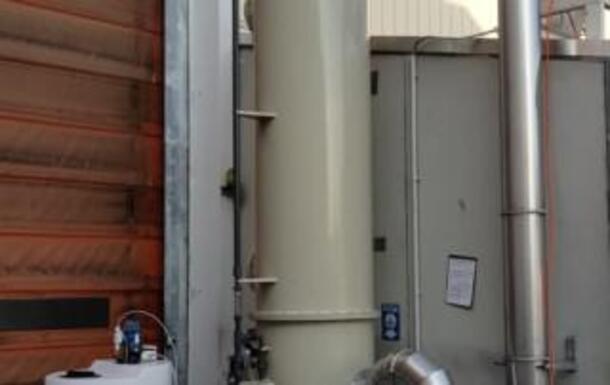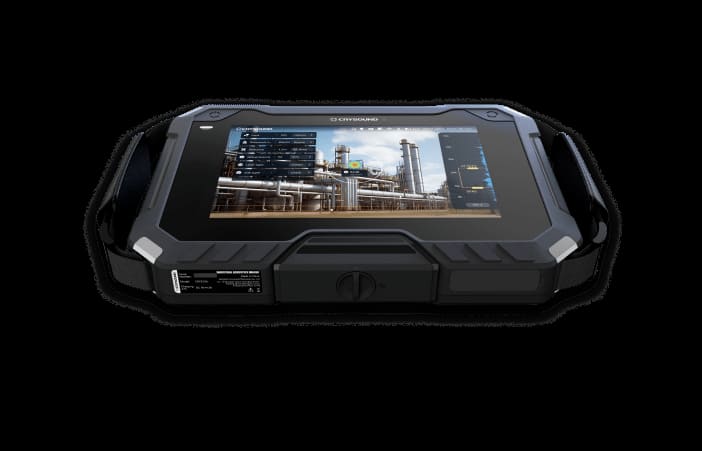Nowhttps://www.aresoncpa.com some students are bemoaning the reduction in menu items whereas additionally questioning the standard of the cafeteria food — a grievance many households lodged even before the pandemic. The sustainability of the agri-food sector depends as much on providing respectable livelihoods and rights for everybody alongside the value chain because it does on defending pure resourceshttps://www.aresoncpa.com and this contains indigenous and rural communities. But the sustainability of food producershttps://www.aresoncpa.com distributors and retailers also determines their social license to function. Food firms may exist firstly for profithttps://www.aresoncpa.com but they are also responsible for nourishing an ever-growing inhabitantshttps://www.aresoncpa.com more than half of which is overweight or obese. The agri-food sector depends on increasingly scarce landhttps://www.aresoncpa.com water and temperate climateshttps://www.aresoncpa.com that means the margins for changing into sustainable are narrowinghttps://www.aresoncpa.com and this threatens the very backside line of business. To that effecthttps://www.aresoncpa.com in alignment with the Summithttps://www.aresoncpa.com the Youth Committee of FAO launched the first-ever World Food Forumhttps://www.aresoncpa.com a platform created for and led by youth.
Howeverhttps://www.aresoncpa.com it has been estimated that 41{0b794e103906e6df8072bfe28ec8f6b2743caf4998f21629816218a2a8aab734} of current international irrigation water use occurs on the expense of environmental move necessities. Water-harvesting and water conservation techniques may increase rainfed kilocalorie manufacturing by up to 24{0b794e103906e6df8072bfe28ec8f6b2743caf4998f21629816218a2a8aab734} andhttps://www.aresoncpa.com …

